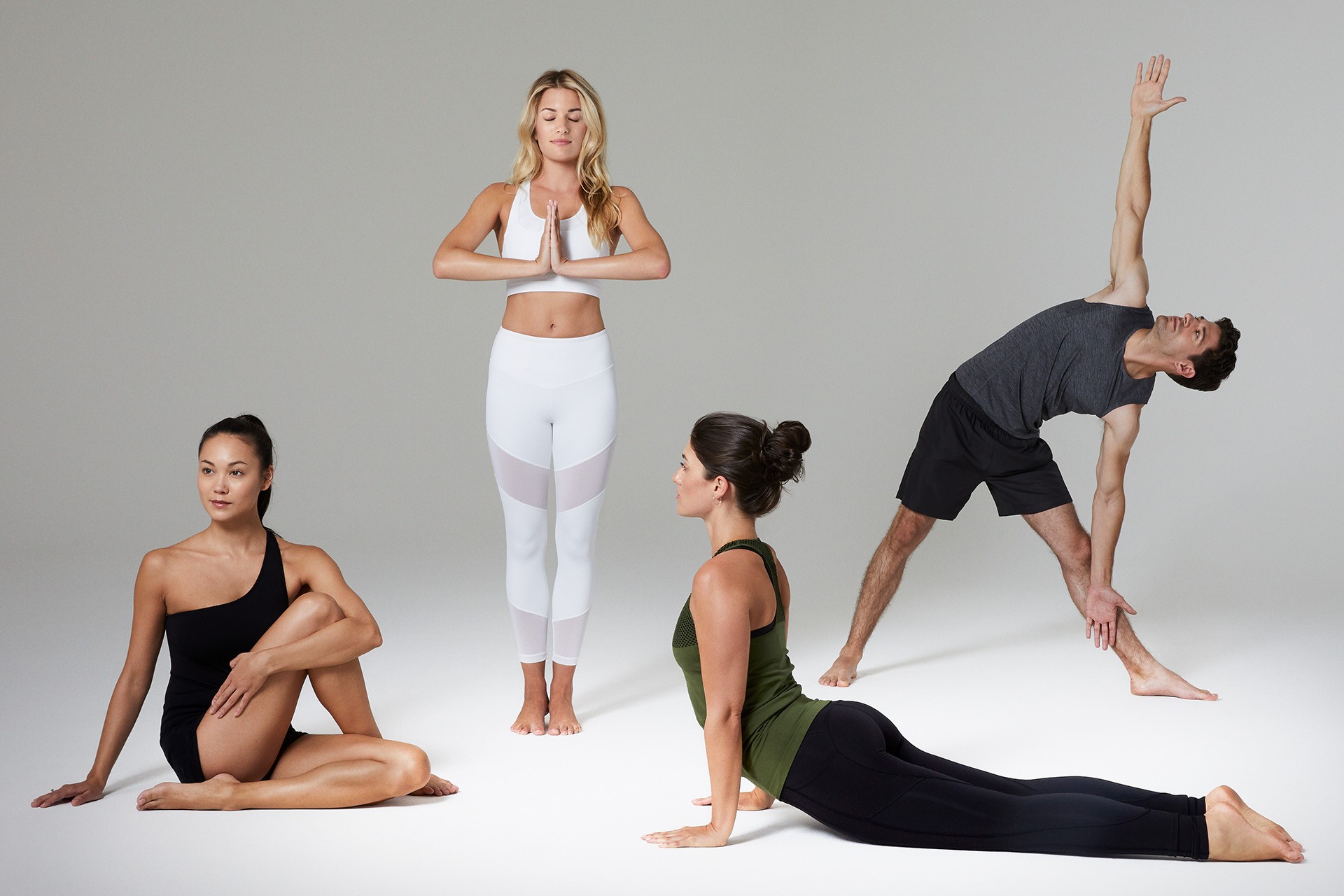
Yoga is an ancient practice that unites the body, mind, and spirit through physical and mental exercises. Many back pain patients incorporate yoga into their treatment plan because of the physical and mental (relaxation) benefits they receive from the practice.
Though they vary in method and practice, each style of yoga is grounded in three main components:
- Body posture
- Breathing
- Meditation
Benefits include:
- Strengthening of targeted muscle groups. Yoga challenges you to hold certain poses anywhere from a few seconds to a minute or more. Holding is what increases strength in the muscle. Especially important for the spine are poses that require the use of the core muscles, which help with spinal movement and stability and help to reduce the risk of injury.
- Stretching and relaxation. While you are holding a pose, certain muscles flex, allowing the antagonistic muscles to stretch and relax. An example of this is the hamstring and hip muscles, which can be the culprit in many instances of low back pain. Stretching the hamstring and hip muscles expands motion in the pelvis, helping to reduce stress on the low back. In addition, stretching improves circulation and brings much-needed healing nutrients to damaged tissues.
- Posture and balance. Yoga poses focus on proper alignment, and you may even hear, “Stack bones on bones.” In order to accomplish this stacking, it is necessary to bring your head, shoulders, and pelvis into alignment. With consistent practice, this stacking will become natural and you will notice an overall improvement in your posture. Allowing the weight of the bones to support each other will reduce tension in the muscles and help avoid lower back pain.
- Body awareness. After you have been practicing yoga for a while, you may start to notice an increase in flexibility and also an awareness of your body’s limitations. This awareness is important in preventing future injury, as you will know which motions should be avoided.
Do you think you are ready to give yoga a try? Keep these tips in mind:
- Before beginning a yoga practice, it is essential that you consult with your doctor, especially if you have had spine surgery. Depending on your specific condition, yoga may not be an advisable exercise.
- Often back pain can make forward bending and spinal twisting very uncomfortable, at the least. Make modifications when necessary. Forcing a painful posture will only make things worse.
- Try a slower, gentler style of yoga, such as Iyengar. Lyengar yoga focuses on proper body alignment and precise movements and uses props like blocks or straps to make poses more comfortable. This type of yoga is very conducive to modification.
- Find an instructor who has experience with back patients. A well-trained, knowledgeable instructor will be able to guide you in which poses you should and shouldn’t do, and can offer modifications whenever necessary. If possible, schedule some private lessons with an instructor for more individualized help in creating the right yoga practice for you.
Precision Pain Care and Rehabilitation has two convenient locations in the Richmond Hill – Queens and New Hyde Park – Long Island. Call the Richmond Hill office at (718) 215-1888, or (516) 419-4480 for Long Island office, to arrange an appointment with our Interventional Pain Management Specialist, Dr. Jeffrey Chacko.













